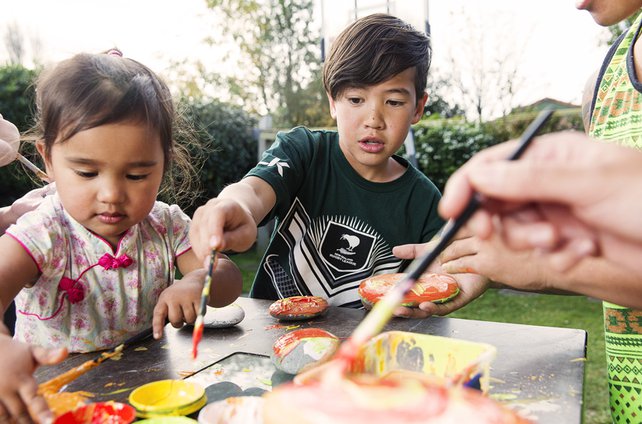Whether you're creating resources, giving talks or planning an event, creativity and thinking outside the square can really help you generate some buzz and engage your audience. Getting specialist help with visual communication can be a big help!

Whether you're creating resources, giving talks or planning an event, creativity and thinking outside the square can really help you generate some buzz and engage your audience. Getting specialist help with visual communication can be a big help!

Reassuring people that they’re not alone, and that others feel the same way too, promotes feelings of ‘normality’ and ‘belonging’.
Providing information and advice on how people can bolster their own wellbeing as well as the wellbeing of others.
This is about encouraging people to ‘do something’ to support their wellbeing, for instance using an interactive resource, or completing a specific activity.